Arunachal Pradesh, nestled in the northeastern tip of India, is often called the “Land of the Rising Sun” as it is the first state to greet the dawn. Rich in natural beauty and cultural heritage, it shares borders with Bhutan, China, and Myanmar. The state is renowned for its majestic mountains, dense forests, diverse wildlife, and more than 26 major tribes and numerous sub-tribes, each preserving their own distinct languages, traditions, and festivals. Arunachal Pradesh represents a mosaic of cultures deeply connected with nature, spirituality, and community living. From ancient Buddhist monasteries to unexplored valleys, it is truly a hidden paradise of India.

Arunachal Pradesh stands as one of the oldest cradles of human civilization in the eastern Himalayas. The region finds mention in ancient Indian texts such as the Kalika Purana and the Mahabharata, where it is associated with the legend of Parashurama, Rukmini, and the sage Vyasa. The land has been a center of spiritual learning and cultural exchange for centuries, influenced by Tibetan Buddhism and the indigenous faiths of its tribal communities.
The ancient Tawang Monastery, built in the 17th century, remains one of the largest monasteries in Asia and is a major spiritual center of the Mahayana Buddhist tradition. The region has also witnessed influences from the Ahom and Monpa kingdoms, leaving behind a blend of indigenous and Buddhist cultural elements that define Arunachal Pradesh’s identity today.
The tribes of Arunachal Pradesh — including the Nyishi, Apatani, Adi, Galo, Monpa, and others — each have unique customs, art, and architecture. The Apatanis, for instance, are known for their sustainable agricultural practices and intricate handloom weaving, while the Monpas have preserved Tibetan-inspired art and monastic traditions. Festivals such as Losar, Solung, Dree, and Nyokum Yullo celebrate the unity of people with nature and the divine.
Arunachal Pradesh became a full-fledged state on February 20, 1987, after being a union territory. Despite modernization, the state has managed to preserve its age-old traditions, oral histories, and folklore that connect its people to their ancestors and environment. The values of respect for nature, communal harmony, and spiritual peace continue to guide its way of life.
Handicrafts such as bamboo and cane work, weaving, and wood carving are integral to the cultural heritage of Arunachal Pradesh. These traditional crafts not only express artistic creativity but also reflect sustainable living practices passed down through generations. Folk music and dance play an essential role in daily life, portraying stories of love, harvest, and heroism.
Today, Arunachal Pradesh takes immense pride in being a state that bridges the ancient and the modern. It symbolizes India’s cultural diversity and natural grandeur, where progress coexists with preservation. The people’s deep-rooted connection with the environment, combined with their vibrant festivals and spiritual life, make Arunachal Pradesh a land of timeless wonder.
The essence of Arunachal Pradesh lies in its unity within diversity — a land where mountains whisper legends, rivers sing songs of faith, and every tribe contributes to the living story of India’s northeastern frontier.
Arunachal Pradesh is one of the most linguistically diverse regions in India. With over 26 major tribes and more than 100 sub-tribes, each community has its own distinct language or dialect. This diversity reflects the state’s rich cultural mosaic and deep-rooted traditions. While Hindi and English serve as the official and link languages, the indigenous tribal languages form the true essence of Arunachal Pradesh’s identity.
English is the official language of Arunachal Pradesh and is used in administration, education, and formal communication. Hindi, however, functions as a widely understood lingua franca that connects people from different tribes and linguistic backgrounds across the state.
The linguistic landscape of Arunachal Pradesh mirrors its incredible cultural diversity. While English and Hindi serve as the unifying languages, the numerous tribal languages represent the heart and soul of the state’s identity. Each language carries its own folklore, traditions, and worldview, making Arunachal Pradesh a living museum of linguistic heritage. This blend of unity and diversity beautifully reflects the state’s spirit — where every word, song, and story adds to the symphony of India’s northeastern pride.
Arunachal Pradesh is a land where every festival is a vibrant expression of community spirit, gratitude to nature, and reverence for the divine. The state’s cultural identity is deeply intertwined with its festivals, which reflect the lifestyle, beliefs, and agricultural rhythms of its numerous tribes. These celebrations blend ancient customs, music, dance, and spirituality, making Arunachal Pradesh one of the most culturally colorful states in India.
The Losar Festival marks the Tibetan New Year and is celebrated with great joy by the Monpa and Sherdukpen tribes in Tawang and West Kameng districts. The festival signifies the victory of good over evil and the arrival of a new beginning. It is one of the most important Buddhist festivals in the state.

Losar is not just a New Year celebration—it’s a spiritual and cultural rebirth that strengthens the bonds of faith and community. It reflects the deep-rooted Buddhist heritage of Arunachal Pradesh and its commitment to preserving ancient traditions in modern times.
Nyokum Yullo is the major festival of the Nyishi tribe, celebrated to invoke the blessings of the goddess Nyokum for prosperity, peace, and harmony. The term “Nyokum” means “land and people,” symbolizing the connection between humans and nature. The celebration unites people across villages and showcases Arunachal Pradesh’s rich tribal culture.
.jpg)
Nyokum Yullo captures the essence of Arunachal Pradesh’s tribal spirit — joyful, respectful of nature, and deeply communal. It embodies the people’s harmony with the earth and their gratitude to the divine forces that sustain life.
Solung is the main festival of the Adi tribe, celebrated after the sowing of seeds to ensure prosperity, fertility, and abundance. It reflects the agrarian lifestyle and communal harmony of the Adi people, filled with music, dance, and ritual offerings.
Solung is a heartfelt expression of the Adi tribe’s faith in nature and community. It unites the people in song, dance, and joy, celebrating life’s abundance and shared togetherness.
The festivals of Arunachal Pradesh beautifully capture its cultural essence — a deep connection with nature, spirituality, and community life. From the Buddhist celebrations of Losar to the agrarian rituals of Solung and Nyokum Yullo, each festival is a vibrant expression of gratitude, unity, and joy. Together, they reflect the state’s rich tribal diversity and timeless traditions, making Arunachal Pradesh truly the “Land of the Festivals.”
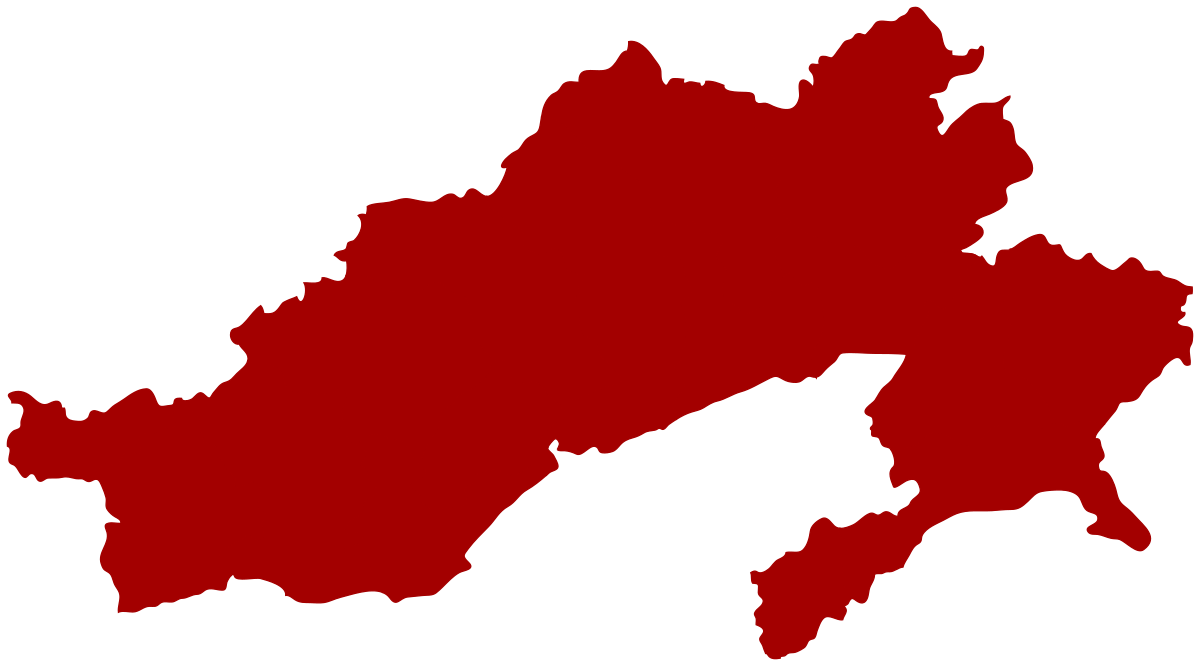
Arunachal Pradesh, known as the “Land of the Rising Sun,” lies in the northeasternmost part of India, bordered by Bhutan, China, and Myanmar. The state is a rich blend of scenic landscapes, tribal traditions, and vibrant Buddhist culture. Its cities and towns are centers of administration, culture, and heritage — reflecting the state’s connection to nature, spirituality, and modern development.
Itanagar, the capital of Arunachal Pradesh, serves as the political and cultural heart of the state. Located in the foothills of the Himalayas, Itanagar beautifully combines administrative importance with natural beauty. It represents the modern face of Arunachal while preserving tribal traditions and Buddhist heritage.
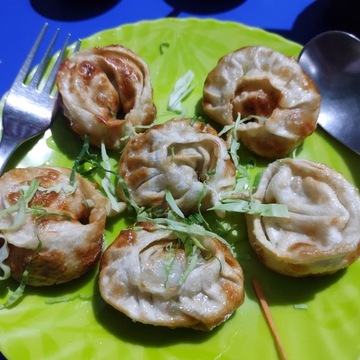
Ita Fort is one of the most important historical monuments of Arunachal Pradesh, believed to have been built around the 15th century by the Ahom rulers. The fort, made of red bricks, represents ancient architecture and local craftsmanship. The name ‘Itanagar’ literally means “Fort of Bricks.”


Ganga Lake, or Gyakar Sinyi, is a popular picnic and tourist spot known for its calm waters and scenic surroundings. The lake represents Itanagar’s natural charm and provides a refreshing escape for visitors.
This museum offers deep insights into the diverse tribal communities, traditional attire, weapons, and handicrafts of Arunachal Pradesh. It serves as a center for cultural preservation and education.
Itanagar symbolizes the union of tradition and modernity — balancing administrative significance with cultural depth. The city represents the evolving identity of Arunachal Pradesh, embracing progress while safeguarding its tribal roots and natural beauty.
Tawang, located near the Indo-China border, is one of the most beautiful and spiritually significant towns in India. Known for its snow-covered mountains, monasteries, and unique Monpa culture, Tawang reflects the essence of Arunachal Pradesh’s Buddhist heritage.

This magnificent monastery, built in the 17th century, houses ancient scriptures, thangkas, and a 28-foot golden statue of Buddha. It’s a living monument of Arunachal’s spiritual heritage.

Sela Pass, located at 13,700 feet, connects Tawang with the rest of Arunachal Pradesh. It remains snow-covered most of the year and features a stunning glacial lake nearby.
The memorial at Tawang is a symbol of national pride and remembrance, honoring the bravery of the Indian Army.
Tawang represents Arunachal Pradesh’s spiritual heart — where faith, culture, and natural beauty blend harmoniously. Its monasteries and mountains make it one of India’s most serene and inspiring destinations.
Ziro, nestled in the lower Subansiri district, is one of the most picturesque valleys in Arunachal Pradesh. It is known for its lush paddy fields, pine hills, and the vibrant Apatani tribe. Ziro has gained global recognition as a UNESCO World Heritage candidate for its unique human-environment harmony.
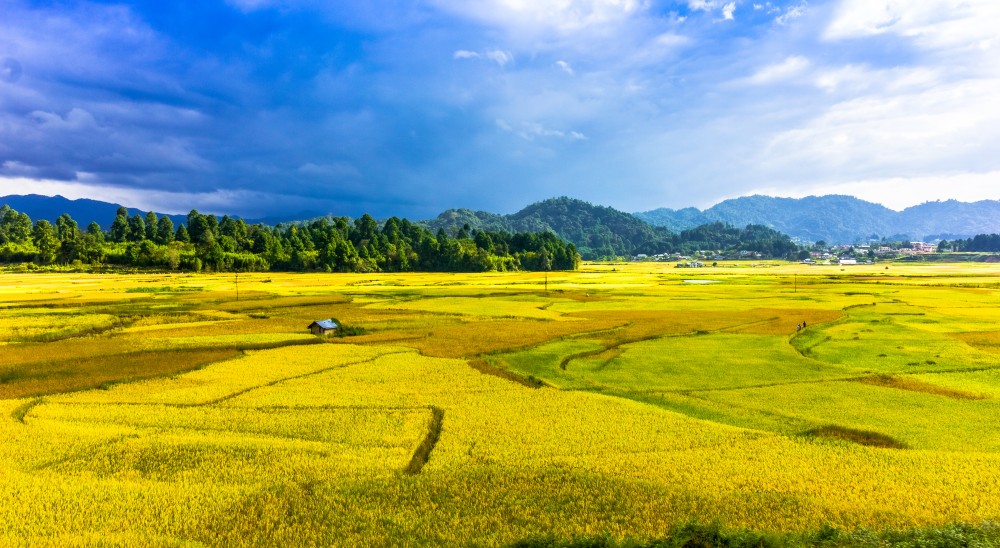
The valley’s lush green fields, misty hills, and traditional wooden houses offer breathtaking views and reflect the sustainable lifestyle of the Apatani people.
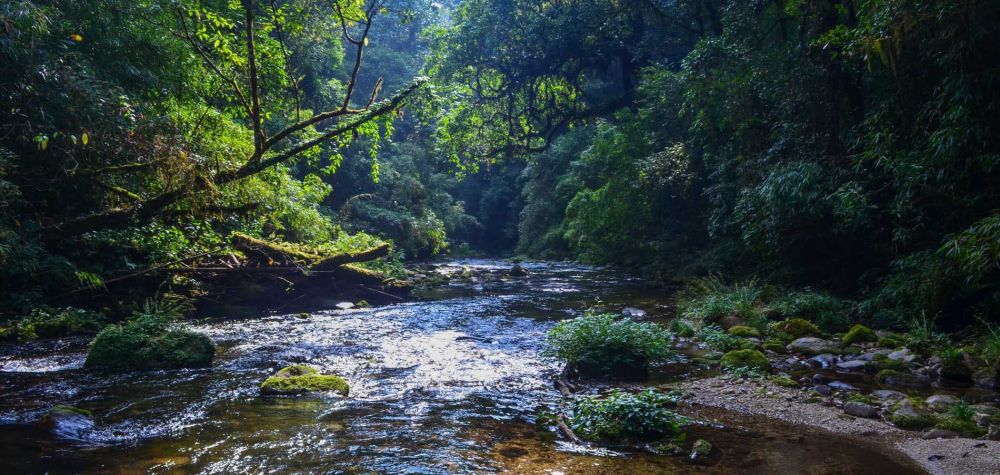
This sanctuary near Ziro is an ecological treasure that highlights the region’s rich flora and fauna.
Ziro reflects Arunachal’s artistic and ecological soul — a place where tradition meets creativity and sustainability. Its natural beauty and cultural richness make it a jewel in India’s Northeast.
The cities and towns of Arunachal Pradesh — Itanagar, Tawang, and Ziro — represent the state’s diversity and charm. While Itanagar symbolizes governance and growth, Tawang showcases spirituality and history, and Ziro embodies art, music, and ecology. Together, they tell the story of Arunachal Pradesh — a land where culture, nature, and humanity coexist in perfect harmony.
The fashion of Arunachal Pradesh is a captivating reflection of its diverse tribal heritage, unique geographical environment, and vibrant traditional artistry. The state is home to numerous tribes, each with its own distinctive attire, motifs, and weaving traditions. Clothing in Arunachal Pradesh is not just about aesthetics—it tells stories of ancestry, social identity, and cultural pride. From intricate handwoven fabrics to ornament-rich ceremonial costumes, Arunachal Pradesh’s fashion expresses the creativity and craftsmanship that define its cultural landscape.
Women’s fashion in Arunachal Pradesh is an exquisite blend of color, texture, and symbolism. Traditional dresses vary across tribes like Adi, Apatani, Nyishi, Monpa, and Mishmi, yet all share a common respect for handloom weaving and natural dyes. The fabrics are often woven on back-strap looms by women themselves, representing both cultural identity and personal artistry. Each community’s patterns, designs, and accessories reflect deep-rooted customs, local beliefs, and aesthetic traditions.
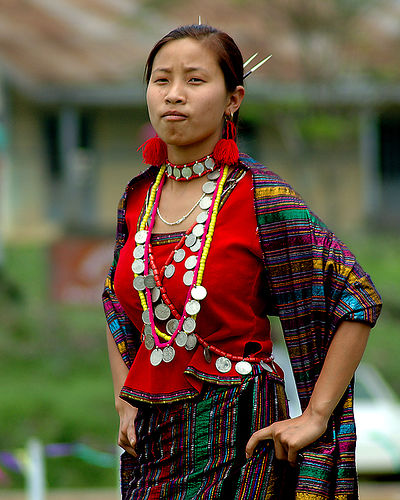
Women’s fashion in Arunachal Pradesh showcases the region’s exceptional weaving heritage and cultural pride. From handwoven textiles to intricately designed accessories, each piece tells a story of skill, tradition, and community spirit. The beauty of Arunachali women’s attire lies in its authenticity—crafted by hand, inspired by nature, and worn with cultural dignity across generations.
Men’s traditional clothing in Arunachal Pradesh is both functional and symbolic, reflecting the state’s mountainous terrain and tribal customs. Each tribe has unique attire suited to its environment, social customs, and traditions. Men’s wear often includes wrap-around skirts, jackets, and headgear adorned with feathers and beads, signifying courage and status. The attire serves both aesthetic and cultural purposes, embodying the values and pride of each community.
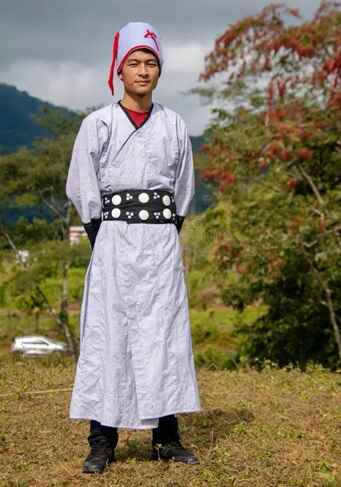
Men’s traditional fashion in Arunachal Pradesh is a proud reflection of tribal valor, identity, and craftsmanship. Even as modern trends influence daily wear, traditional garments continue to symbolize cultural belonging and honor the artistry of generations past. Arunachali men’s attire remains a celebration of heritage that balances practicality with deep cultural meaning.
Arunachal Pradesh’s fashion diversity mirrors its vast tribal and geographic variety. Each region and community—whether highland or valley—has distinct weaving techniques, colors, and motifs. From the thick woolen garments of Tawang’s Monpas to the colorful cotton weaves of East Siang’s Adis, the state’s regional fashion captures a stunning mosaic of identities, materials, and artistic traditions.
Arunachal Pradesh’s regional fashion is a living legacy of creativity and cultural pride. Each tribe’s distinctive attire embodies artistic expression and a deep connection to nature. Through its textiles and patterns, the state tells stories of identity, resilience, and unity—preserving its tribal spirit while evolving with time.
As urban centers like Itanagar and Pasighat grow, Arunachal Pradesh’s fashion scene is transforming. Modern fashion has found its place alongside tribal traditions, giving rise to fusion styles that combine indigenous designs with contemporary trends. Youths and designers are redefining Arunachali fashion by blending handloom textiles with modern cuts, promoting sustainability and ethnic pride.
Modern fashion in Arunachal Pradesh beautifully combines global sensibilities with local soul. While the younger generation embraces contemporary styles, traditional weaving, colors, and motifs continue to inspire design. This fusion creates a fashion identity that is both deeply rooted and forward-looking—celebrating Arunachal Pradesh’s cultural essence while participating in the modern world of style and creativity.
Arunachal Pradesh’s fashion represents a harmonious blend of tradition, craftsmanship, and modernity. From intricate tribal weaves to creative urban fusions, the state’s attire is a living canvas of its cultural heritage. Each fabric, motif, and color carries a story—of tribe, land, and legacy. As Arunachal continues to evolve, its fashion stands as a proud symbol of diversity, resilience, and timeless beauty that connects its people to both their roots and their aspirations.